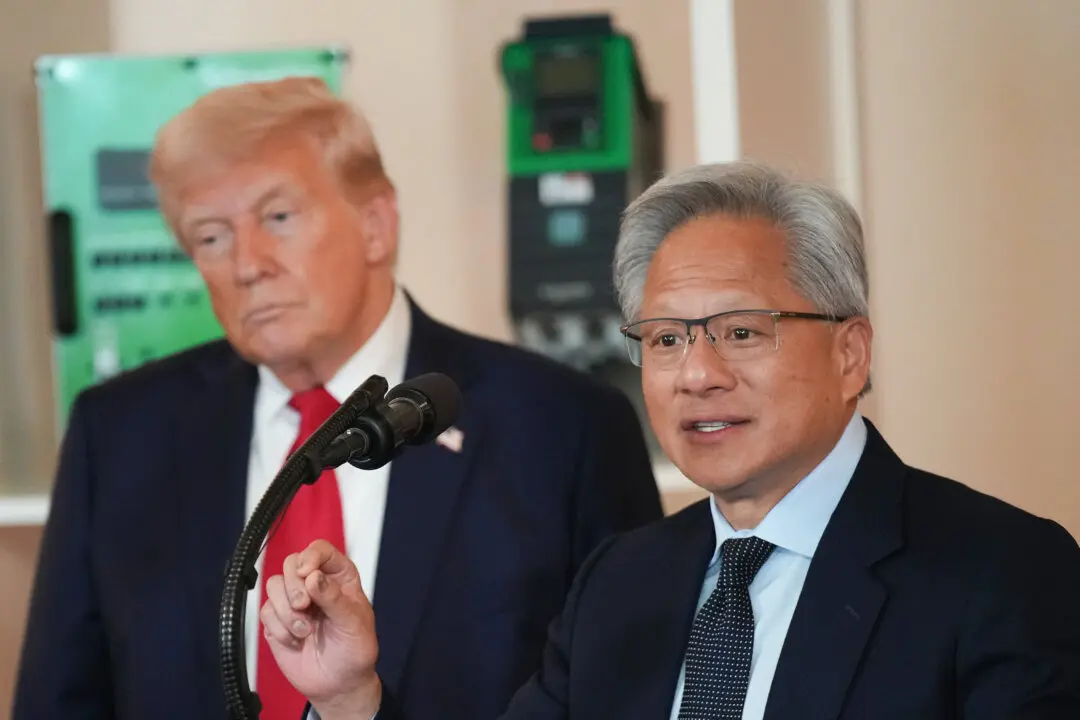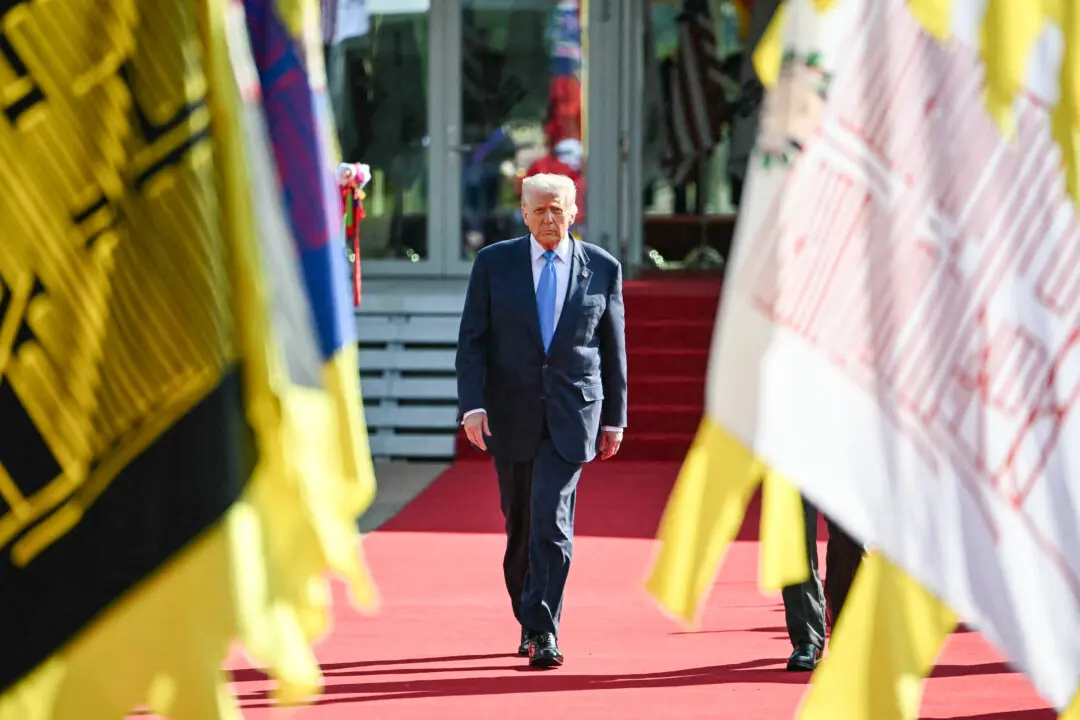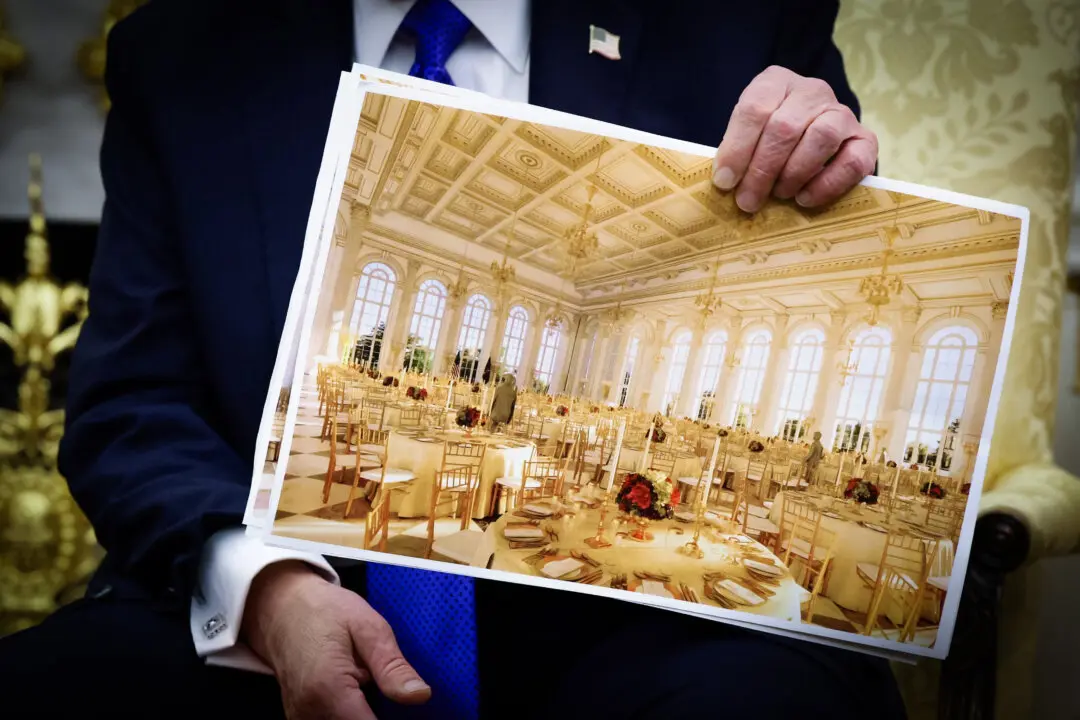Thailand is one of the most popular holiday destinations in the world and beloved for its delicious cuisine, tropical weather, and beautiful beaches. However, Thailand’s strengths go beyond being an attractive tourist destination. It has become a gateway for the fashion industry thanks to its global reputation for fashion design and production.
Thailand hosted the 34th Bangkok International Fashion Fair and Bangkok International Leather Fair (BIFF & BIL 2016) from March 9 to 13. Malee Choklumlerd, director-general of the DITP (Department of International Trade Promotion, Ministry of Commerce), organized the event, and said the fair shows the great potential of Thailand’s fashion industry.
“It proves we are ready to be a fashion platform and trend leader,” said Malee. Thai designers and manufacturers have received good responses from both local and international buyers from China, Japan, Korea, and Europe, according to DITP.
Thailand, famous for its silk and cotton, has recently diversified into production of synthetic fibers and filaments. Thailand’s textile industry has a complete supply chain from the production of fibers, fabrics, and textiles to apparel, and home and industrial textiles.




